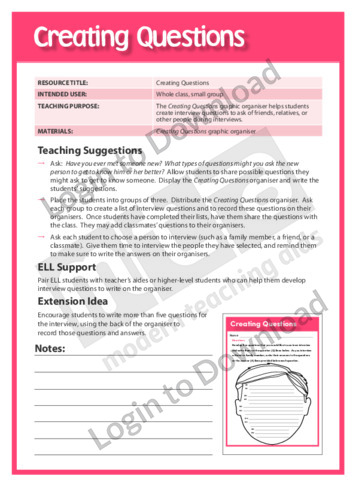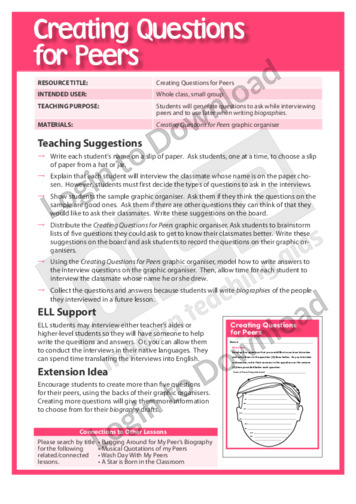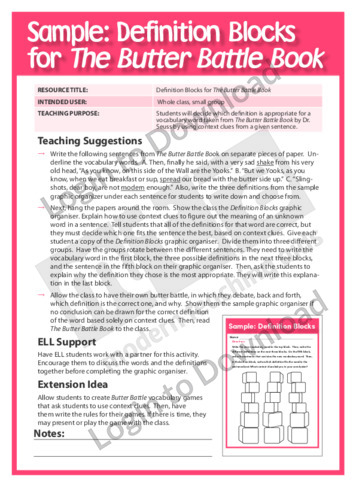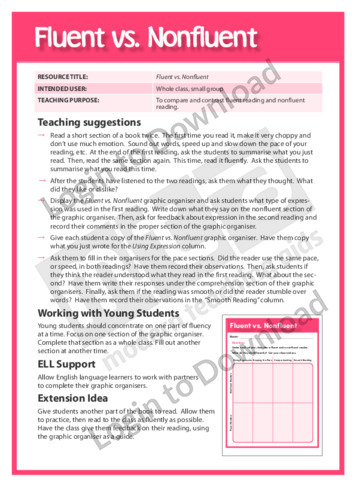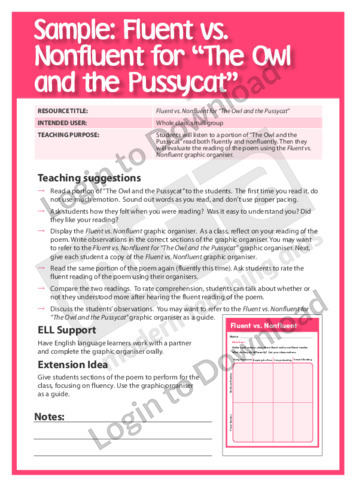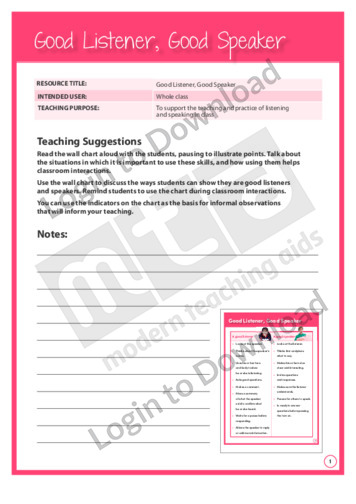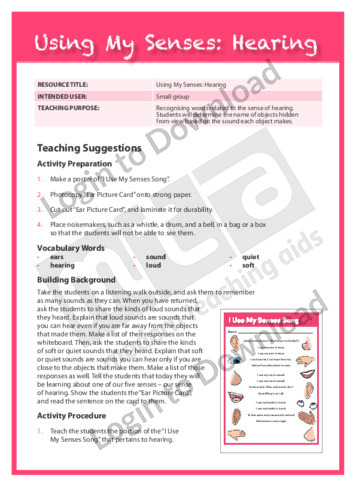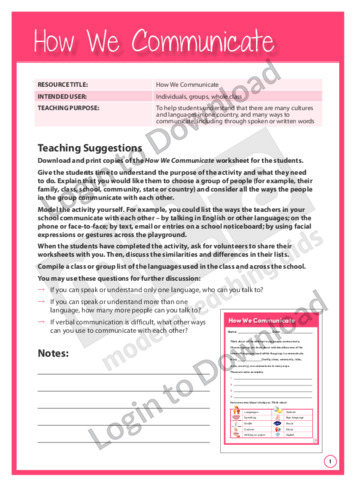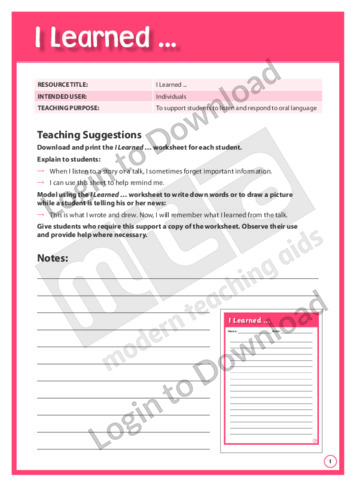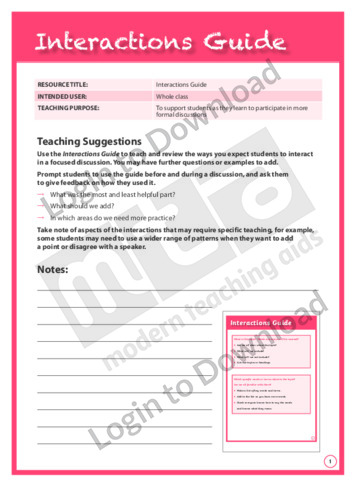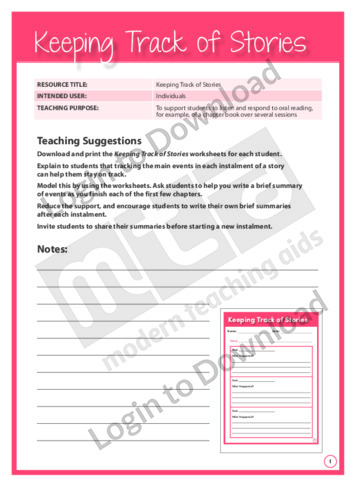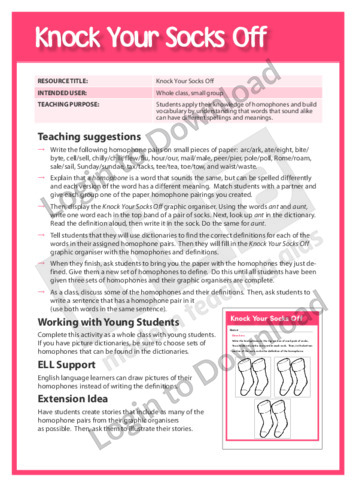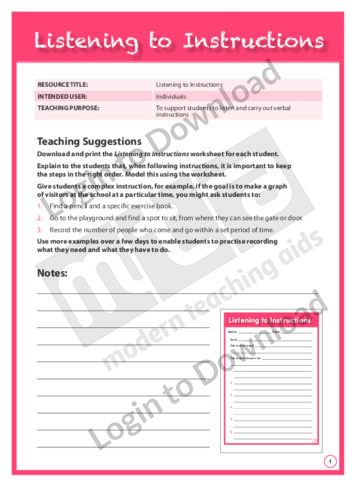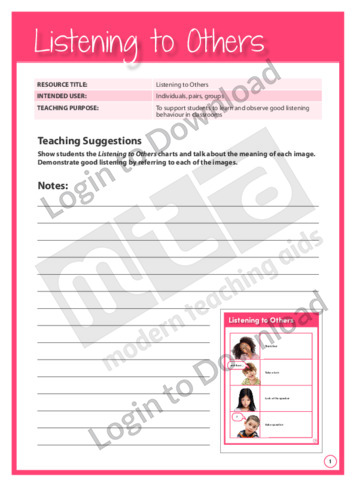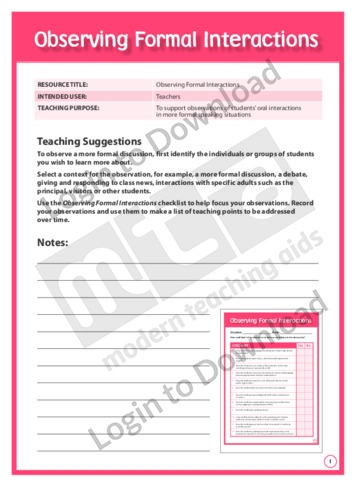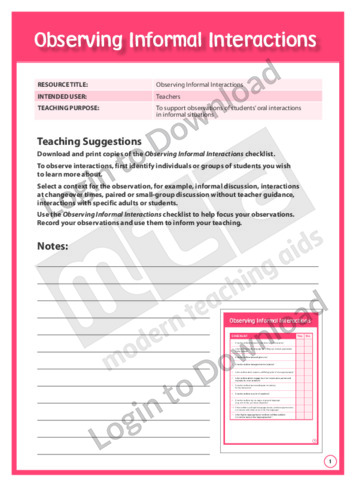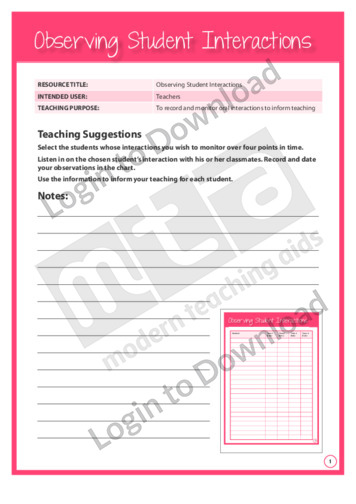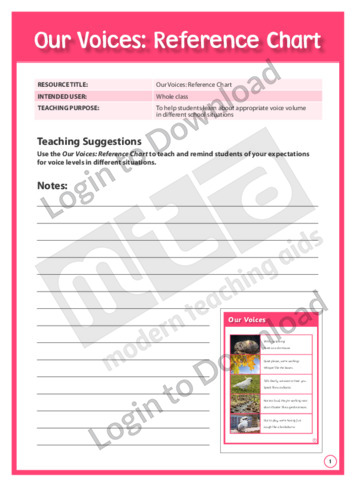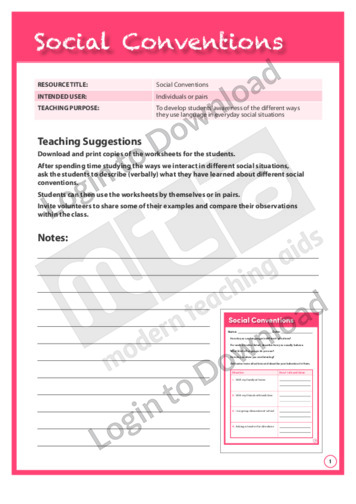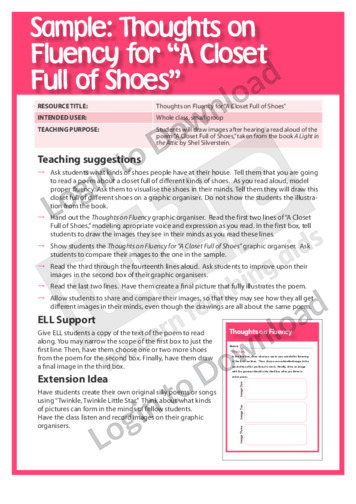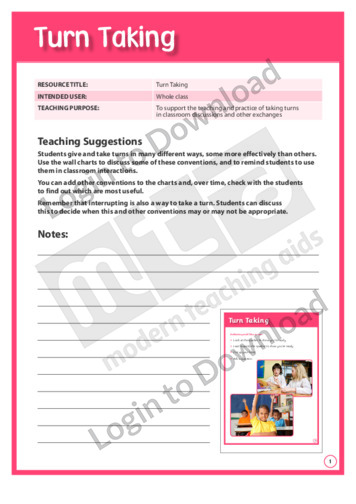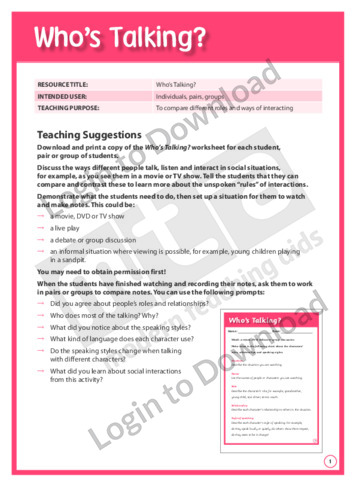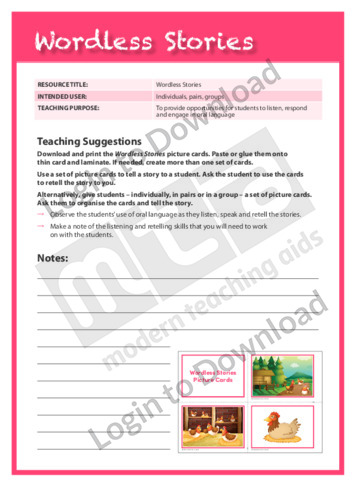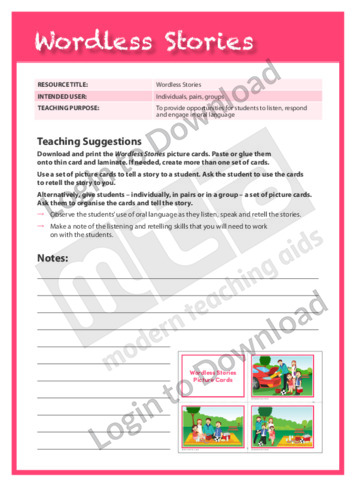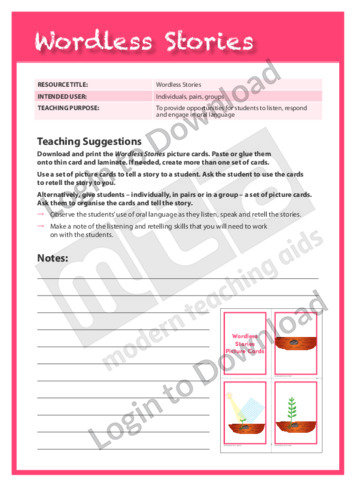This graphic organiser, ‘Creating Questions’ supports students in planning writing using prewriting strategies to create questions for an interview.
This graphic organiser, ‘Creating Questions for Peers’ supports students in planning writing, using prewriting strategies to create questions for interviewing peers.
This graphic organiser, ‘Definition Blocks for The Butter Battle Book’ asks students to decide which definition is appropriate for a vocabulary word taken from The Butter Battle Book by Dr Seuss by using context clues from a given sentence.
This graphic organiser, ‘Fluent vs. Non-fluent’ asks students to compare and contrast fluent reading and non-fluent reading.
This graphic organiser, ‘Fluent vs. Non-fluent for The Owl and the Pussycat’ asks students to listen to and evaluate a passage from The Owl and the Pussycat read both fluently and non-fluently.
This vocabulary development activity, ‘Using My Senses: Hearing’ supports vocabulary development by encouraging students to determine the name of objects hidden from view based on the sound each object makes. It is aimed at helping students recognise language related to the sense of hearing. It provides a senses song chart and an ear picture card.
This written language activity, ‘How We Communicate’ supports language development by encouraging students to recognise that there can be many cultures and languages in one country, and many ways to communicate, including through spoken or written words.
This oral language activity, ‘Interactions Guide’ supports language development by encouraging students to learn to participate in more formal, focused discussions. It is aimed at developing students’ awareness of interactions by providing students with helpful prompts.
This graphic organiser, ‘Knock Your Socks Off’ asks students to apply their knowledge of homophones and build vocabulary by understanding that words that sound alike can have different spellings and meanings.
This graphic organiser, ‘Knock Your Socks Off for The King Who Rained’ asks students to apply their knowledge of homophones in the book The King Who Rained by Fred Gwynne. They will locate homophones and build vocabulary by defining the homophones they find.
This oral language activity, ‘Observing Formal Interactions’ informs teaching of students’ oral interactions in more formal speaking situations. The results can be used to make a list of teaching points to be addressed over time.
This oral language activity, ‘Observing Informal Interactions’ informs teaching of students’ oral interactions during informal situations.
This oral language activity, ‘Observing Interactions’ informs teaching of students’ oral interactions over four separate periods.
This oral language activity, ‘Observing Student Interactions’ informs teaching by monitoring and recording changes in students’ oral interactions at four points in time.
This oral language activity, ‘Our Voices: Reference Chart’ supports language development by encouraging students to learn appropriate voice volume in different school situations. A reference chart provides prompts showing different voice levels required for different school situations.
This reading comprehension activity, ‘Retelling Text Through Pictures’ supports language development by encouraging students to retell a text they have listened to or viewed. It is aimed at developing students’ awareness of retelling through a fun activity in which the students will retell an imaginative or informative text by drawing one key character or event.
This oral language activity, ‘Social Conventions’ supports language development by encouraging students to develop their awareness of the different ways they use language in everyday social situations and interactions, such as at home, with friends, with grandparents, in a community or sports group or with a teacher.
This graphic organiser, ‘Take One’ allows students to make predictions, explain the meaning of a text and summarise as they read aloud.
This graphic organiser, ‘Take One for the Pigeon’ asks students to participate in a think-aloud using the story, The Pigeon Finds a Hot Dog! to demonstrate their comprehension of the texts.
This graphic organiser, ‘Thoughts on Fluency for A Closet Full of Shoes’ asks students to draw images after hearing a read aloud of the poem A Closet Full of Shoes, taken from the book A Light in the Attic by Shel Silverstein.
This oral language activity, ‘Who’s Talking?’ supports language development by encouraging students to compare and contrast different roles and ways of interacting. It is aimed at developing students’ awareness of social interactions.
This oral language activity, ‘Wordless Stories’ supports language development by encouraging students to listen, respond and engage in oral language. It is aimed at developing students’ awareness of storytelling through an activity in which the students use a set of sequenced wordless picture cards as prompts to tell a story orally.
This oral language activity, ‘Wordless Stories’ supports language development by encouraging students to listen, respond and engage in oral language. It is aimed at developing students’ awareness of story retelling.
This oral language activity, ‘Wordless Stories’ supports language development by encouraging students to listen, respond and engage in oral language. It is aimed at developing students’ awareness of story retelling.
It�s that easy!

